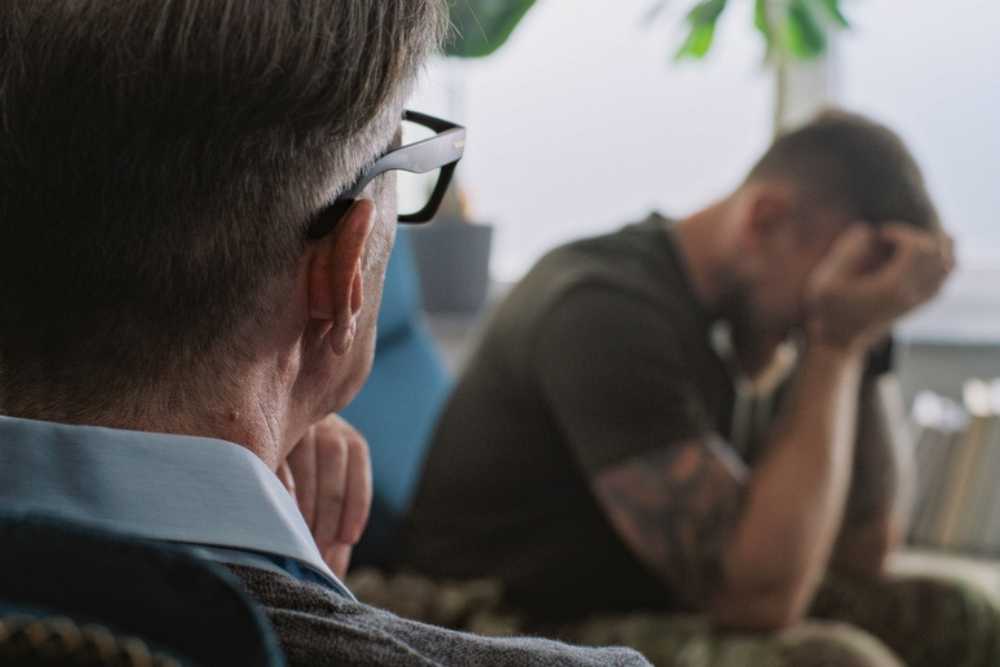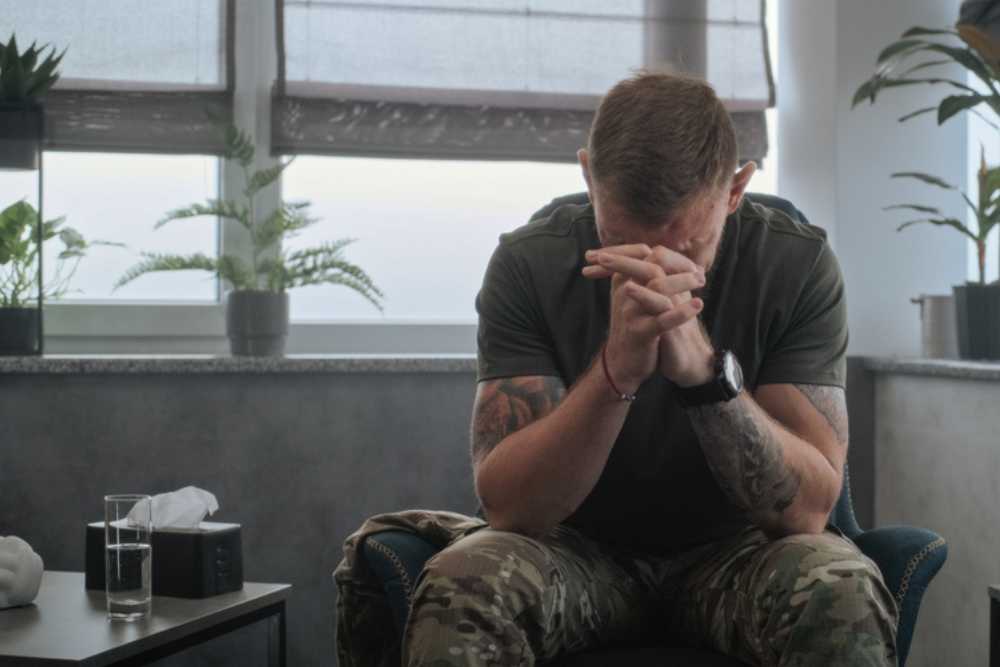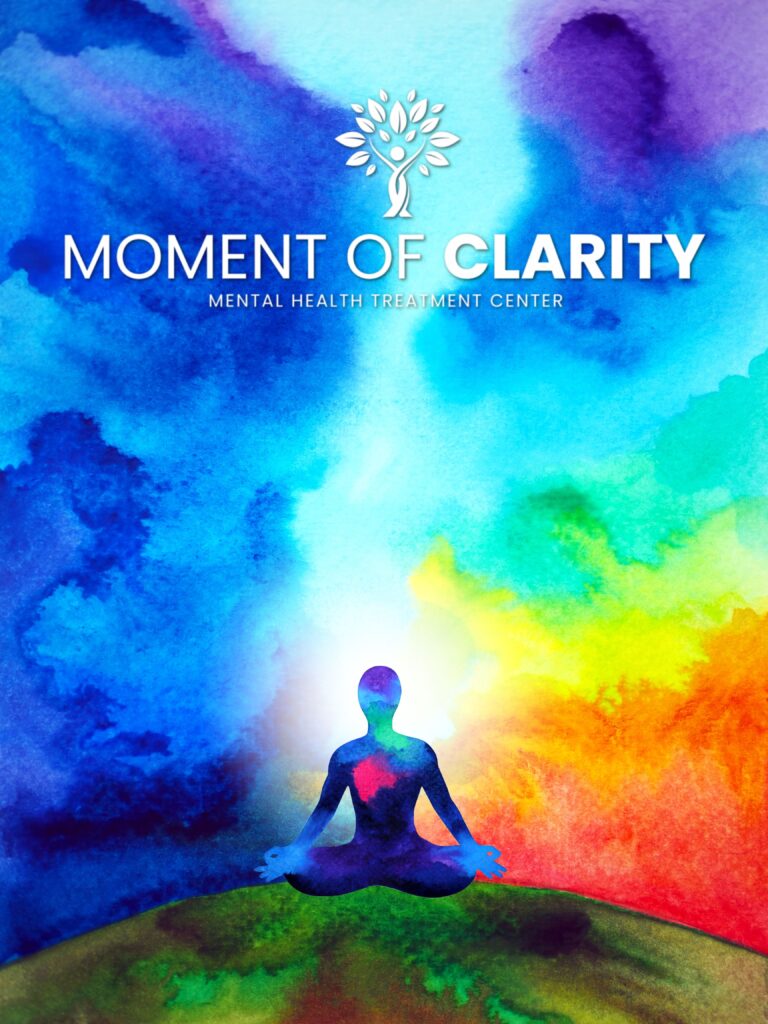Invisible wounds carry a unique burden because they exist in a space where suffering meets skepticism. When someone breaks their leg, the cast becomes a visible symbol that invites understanding and support. However, what are invisible wounds, and how are they related to mental health? Mental health issues like depression, anxiety, trauma, or chronic pain often remain hidden, leaving the person to navigate their struggle while appearing fine to the outside world.
The absence of visible proof creates a credibility gap. People with invisible wounds often hear, “But you look good,” or “Have you tried just thinking positively?” These well-meaning but dismissive responses reinforce the feeling that their pain isn’t real or valid. This doubt can become internalized, even the person experiencing it may question whether they’re “just being dramatic” or should be able to “push through it.”
Social stigma compounds this difficulty. While we’ve made progress in mental health awareness, invisible disabilities and mental health conditions still carry shame in many communities. The person may fear discrimination at work, judgment from family, or being seen as a burden to friends.
Perhaps most importantly, invisible wounds often lack clear language and social scripts. We know how to respond to a broken bone, but struggle with how to support someone through a panic attack or chronic fatigue. This leaves both the person suffering and their support network feeling helpless and uncertain.

What Are Invisible Wounds?
Invisible wounds are injuries, conditions, or forms of suffering that aren’t apparent to others just by looking at someone. Unlike a broken arm or visible scar, these wounds exist beneath the surface—in the mind, nervous system, or internal body processes—making them difficult for others to recognize or understand. What makes these wounds particularly challenging, like overcoming anxiety in the military, is that their invisibility often leads to isolation, misunderstanding, and the additional burden of having to explain or prove one’s suffering to others.
- Mental and Emotional Wounds: These include depression, anxiety, PTSD, bipolar disorder, eating disorders, and grief. Someone might be experiencing intense emotional pain, panic attacks, or suicidal thoughts while appearing completely composed on the outside. The brain injury from trauma or the chemical imbalances causing depression are as real as any physical injury, but they’re hidden from view.
- Chronic Invisible Illnesses: Conditions like fibromyalgia, chronic fatigue syndrome, autoimmune disorders, irritable bowel syndrome, migraines, or chronic pain create ongoing physical suffering that others can’t see. Someone might be experiencing debilitating pain or exhaustion while looking healthy and energetic to those around them.
- Neurological Differences: Conditions like ADHD, autism, learning disabilities, or brain injuries from concussions affect how someone processes the world, but these differences aren’t visible. The person may struggle significantly with tasks that seem simple to others, leading to misunderstandings about their capabilities.
- Addiction and Recovery: The internal battle with substance dependence, behavioral addictions, or the ongoing work of recovery happens essentially out of sight. The cravings, shame, and daily effort required to maintain sobriety are invisible struggles.
- Trauma Responses: The effects of abuse, violence, or other traumatic experiences often manifest in ways others can’t see, like hypervigilance, dissociation, triggered responses, or difficulty with trust and relationships.
How Does Stigma Prevent People from Seeking Mental Health Support?
Stigma creates powerful barriers that can keep people trapped in suffering, even when help is available. It operates on multiple levels, each reinforcing the others to develop a web of shame and fear around mental health struggles.
- Fear of Being Labeled or Defined: Many people worry that seeking help will fundamentally change how others see them. They fear being reduced to their diagnosis or becoming “the depressed person” or “the anxious one” rather than a whole human being.
- Professional and Social Consequences: The stakes feel high in many areas of life. People worry about losing job opportunities, facing discrimination in promotions, or being seen as unreliable by colleagues. In some professions, like military service, there can be real career consequences for seeking help at a veterans mental health program.
- Internalized Shame and Self-Stigma: Perhaps the most damaging aspect is when people absorb society’s negative messages about mental health. They begin to see themselves as weak, broken, or fundamentally flawed. This internal critic whispers that they should be able to handle things on their own, that needing help means they’re failing as a person.
Mental Health Treatment That Works
Call 949-625-0564What our customers are saying
What Are the Signs That Someone May Be Struggling Internally?
Recognizing internal struggles requires attention to subtle shifts in behavior and patterns that might seem insignificant individually but become meaningful when viewed together. Changes in sleep patterns often serve as early indicators. Someone might begin sleeping much more or less than usual, or their sleep schedule might become erratic. Appetite changes, whether eating significantly more or less, can signal emotional distress.
Social withdrawal is another common sign, where someone who was previously engaged begins declining invitations, avoiding conversations, or seeming emotionally distant even when physically present. Performance changes at work or school, difficulty concentrating, or a decline in personal hygiene and self-care can also indicate someone is struggling beneath the surface.
The emotional and behavioral signs can be equally telling, though they’re often misinterpreted or overlooked. Increased irritability, mood swings, or emotional numbness might be dismissed as temporary stress, but when persistent, they often reflect deeper struggles. Someone might begin making self-deprecating comments more frequently, expressing feelings of hopelessness in seemingly casual conversation, or showing less interest in activities they previously enjoyed.
When Should You Talk to a Therapist About Emotional Pain?
The decision to seek therapy at an Orange County mental health center doesn’t require waiting until you’ve hit rock bottom or reached a crisis point. Consider therapy when emotional pain begins interfering with your daily functioning, like when you’re struggling to maintain relationships, perform at work or school, or engage in activities you once enjoyed. If you find yourself using unhealthy coping mechanisms like excessive drinking, avoiding responsibilities, or isolating from others, these are signals that professional support could be beneficial.
You don’t need to wait for a specific timeline or reach a certain level of suffering to justify therapy. If emotional pain has persisted for several weeks without improvement, or if you notice yourself thinking about self-harm or feeling hopeless about the future, these are clear indicators that professional help is needed. However, therapy can also be valuable during times of transition or growth, before problems become overwhelming.

Key Takeaways on What Are Invisible Wounds
- The invisibility of mental and emotional wounds creates unique challenges because they lack the visible proof that typically generates understanding and support from others.
- Stigma operates on multiple levels, creating powerful barriers that prevent people from seeking help.
- The decision to seek therapy should be based on functional impairment and persistent emotional pain rather than waiting for a crisis.
- Professional support can be valuable during transitions and growth periods, not just during emergencies.
- Addressing invisible wounds requires breaking through shame, building vocabulary to describe internal experiences, and recognizing that seeking help is a sign of strength.
What are invisible wounds? These are the silent struggles many individuals face, often manifesting as mental health challenges that go unnoticed by others. If you or someone you know is experiencing these difficulties, don’t hesitate to reach out for help. Contact Moment of Clarity at 949-625-0564 today to learn more about recognizing these mental health issues and the effective treatment options available.
Resources
- National Library of Medicine –Invisible wounds: Suturing the gap between the neurobiology, conventional and emerging therapies for posttraumatic stress disorder
- VA.gov –Healing invisible wounds: Revolutionary PTSD services
- Health.mil –Air Force Invisible Wounds Initiative helps build a supportive culture




